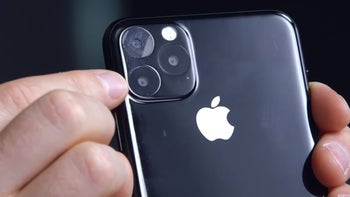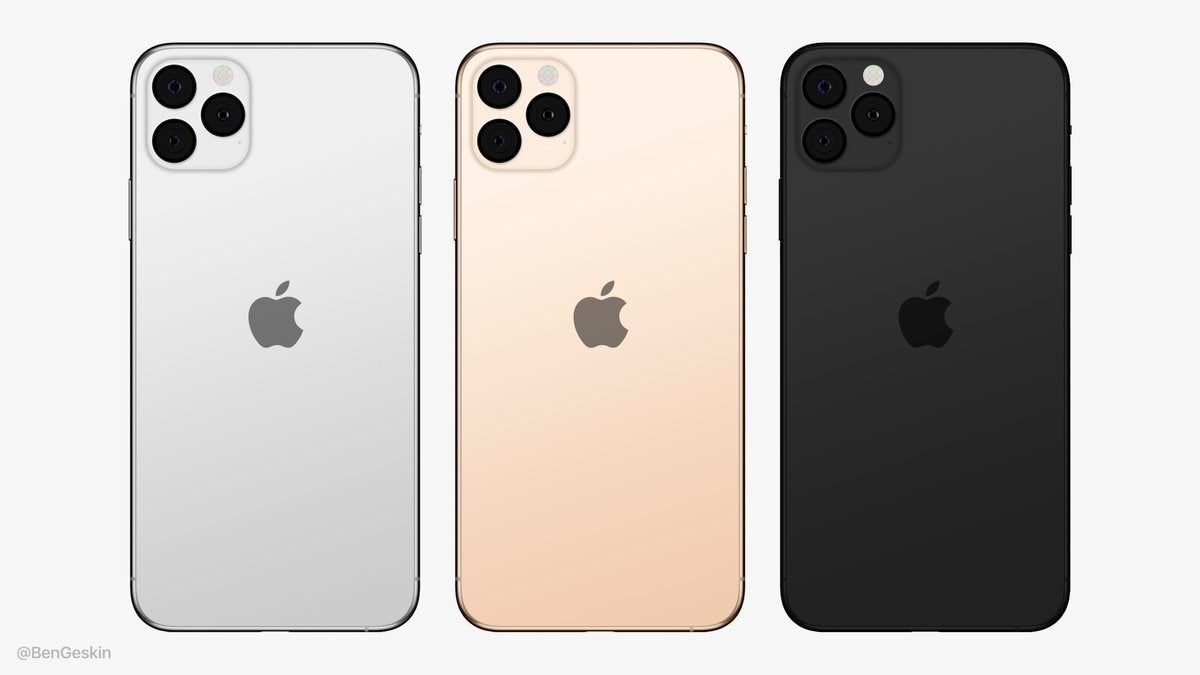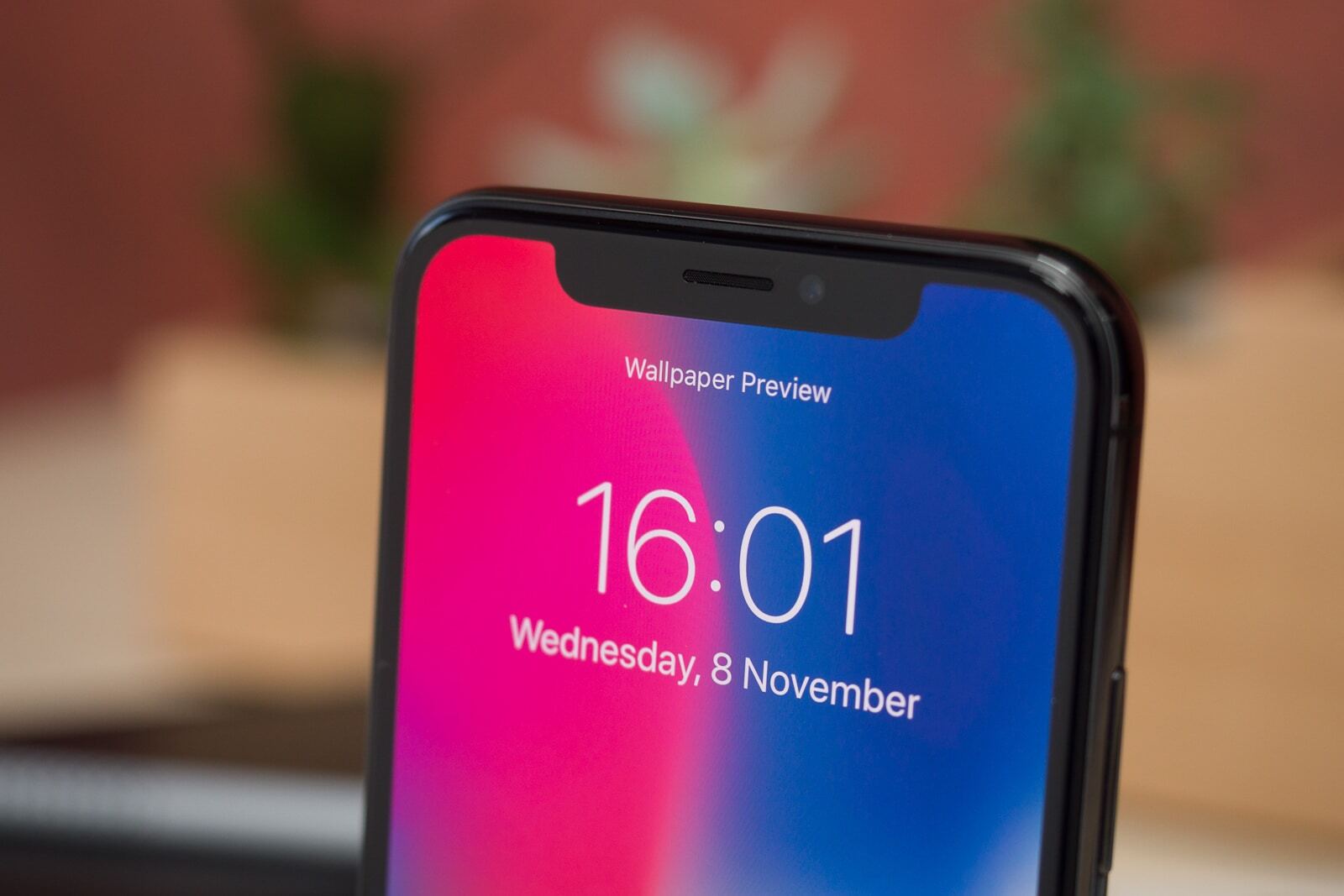iPhone 11 series to include new coprocessor dubbed Apple R1

Apple iPhone 11 Pro Max dummy unit
The Apple R1 chip will work closely with Apple Tags
The next-gen Apple A13 Bionic processor that’ll be featured inside the iPhone 11 series will be accompanied as standard by a new coprocessor codenamed ‘Rose’ and ‘R1,’ a new report by MacRumors suggests. It’s unclear at this stage what marketing name will be used but ‘Apple R1’ and ‘Apple R13’ are possibilities.

iPhone 11 Pro concept render by Ben Geskin
Apple Tags, for those of you that aren’t yet aware, will represent a Tile-like accessory that’ll help users keep track of their personal belongings via the updated Find My app. The product itself is expected to be a circular disk with the Apple logo in the center. To easily attach it to items, Apple will likely include a keyring element.
Apple A13 Bionic, storage, and RAM expectations
As mentioned above, the new Apple R1 chip will accompany the new A13 Bionic (name to be confirmed). This will be built on an improved version of the 7-nanometer manufacturing process that was used for last year’s A12 Bionic that should improve efficiency by around 10%.
The processor itself will likely be much larger in size and therefore contain a noticeably higher number of transistors. Coupled with this should be some minor architectural tweaks and higher peak clocks speed to improve overall CPU performance. Regarding the GPU, the nearing launch of Apple Arcade will likely make this an even bigger focus for the Cupertino-based giant. Details are yet to be revealed but a boost of around 20% could be made possible with some tweaks.
Completing the internal setup of Apple’s next iPhones should be 128GB of internal storage as standard, although the option of 256GB and 512GB configurations should be available. Regarding the RAM count, the standard iPhone 11 that’ll replace last year’s iPhone XR should boast 4GB. The iPhone 11 Pro models, on the other hand, may opt for 6GB.
iPhone 11 and iPhone 11 Pro release date and price
The iPhone 11, iPhone 11 Pro, and iPhone 11 Pro Max will be available to pre-order starting this Friday, September 13. Shipments, on the other hand, look set to commence a week later on Friday, September 20.

The iPhone X
Pricing details will be confirmed by Apple at tomorrow’s event but rumors suggest the standard iPhone 11 will retail at $749 and be available to purchase in green, yellow, blue, red, and lavender colors. The iPhone 11 Pro and Pro Max, on the other hand, will apparently launch at $999 and $1,099 respectively and be sold in Gold, Space Gray, and Silver variants. A dark green option may be introduced too.









Things that are NOT allowed: